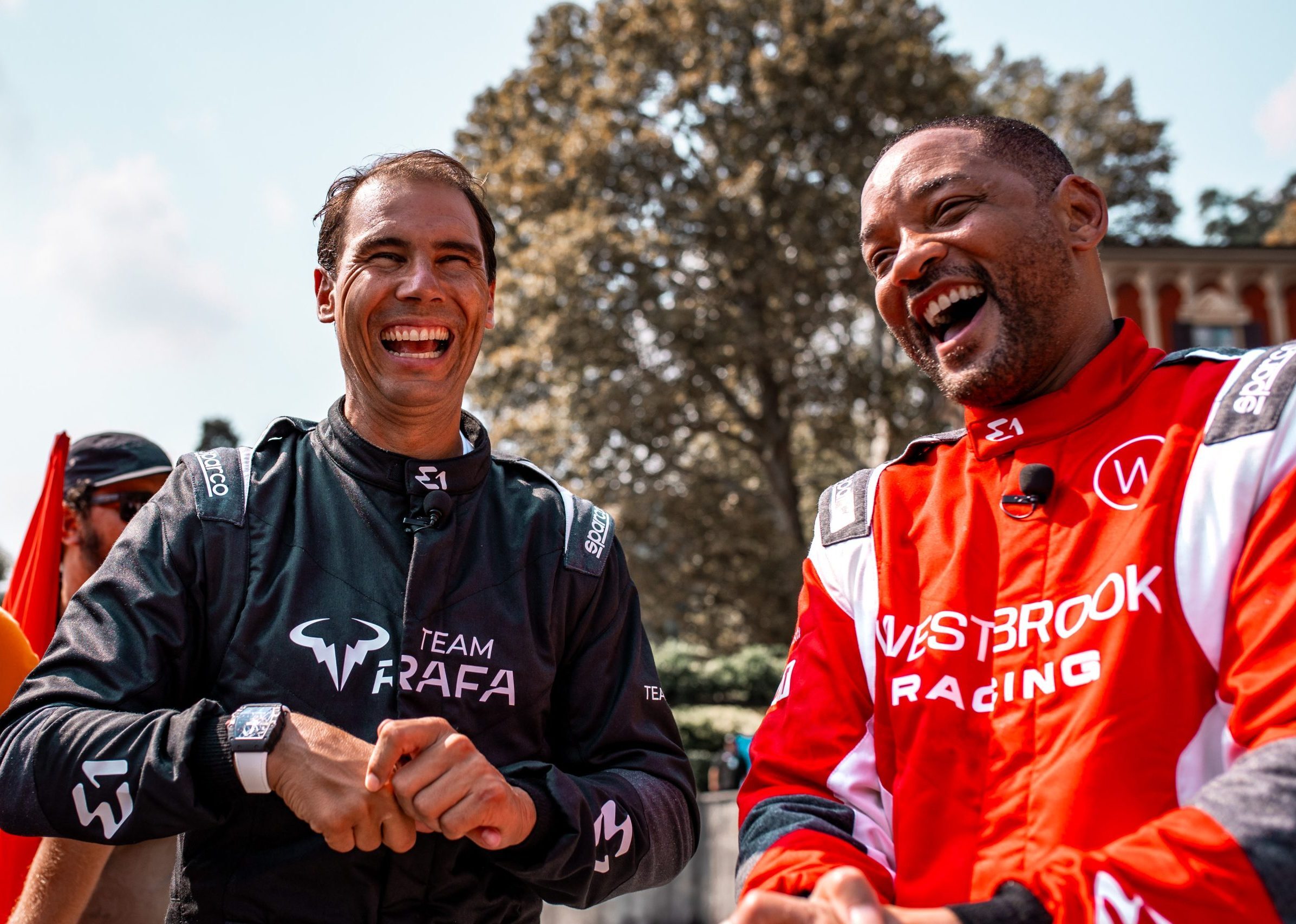The 2010s marked the rise of the influencer, and with it, influencer marketing. Swiping through a social feed in 2016 felt like flicking through the pages of a glossy magazine: curated feeds, cohesive colour palettes, aspirational visuals. Follow the formula and you could see your follower count soar.
Since then, the creator economy has matured. The mega-influencer with the glossy feed still thrives (see @victoria or @lydia), but so do smaller creators with content that feels more relatable.
The rise of micro-influencers, and nano-influencers, comes as users crave connection through the content they consume. The latest research by Typeform shows that 40% of consumers say the number one reason they trust an influencer is because they’re relatable – more than expertise, fame or follower count.
This shift has sparked an evolution in influencer marketing that was a focus at Cannes Lions earlier this year. As major brands shared data showing that highly specialised, authentic voices consistently outperform broader but superficial reach, micro-influencers are being thrown in the spotlight.
The role of the micro-influencer
A micro-influencer is an influencer with a follower count between 10,000 – 100,000 followers.
The term might once have suggested niche reach and modest impression numbers, but today, micro-influencers can deliver results across the full marketing funnel, from awareness through to advocacy.
Awareness
TikTok has levelled the playing field. Its algorithm rewards engagement and watch time over follower count, meaning with the right content, anyone can go viral.
For brands, that opens the door to organic scale – keeping the trust and intimacy of micro-communities, while tapping into the mass reach that viral content delivers.
Engagement
As attention spans dwindle and ad fatigue grows, engagement rate is a crucial performance indicator. This was discussed at Cannes Lions repeatedly, and the key insight from multiple sessions was that engaged communities deliver better results than massive follower counts.
Overall, micro-influencers consistently deliver higher engagement rates than their larger counterparts – a ready-made advantage for brands willing to tap into it.
Conversion
Micro-influencers connect with audiences in a way that feels personal and authentic, and in doing so, drive action. It’s like the old days of influencer marketing, when an ‘influencer’ wasn’t quite a thing yet and product placements felt more like word-of-mouth recommendations.
Affiliate marketing has made this performance measurable. By linking compensation to clicks, conversions or sales, brands can pinpoint exactly which creators are driving results.
Advocacy
Compared to an influencer with a follower count in the millions, micro-influencers are more likely to invest more in a single brand partnership and become advocates organically.
Over time, these creators can become woven into the brand’s narrative, affirming its message over many months as they grow.
This is where the biggest opportunity is: one-off activations can be catalysts for long-term brand loyalty and turn growing, engaged communities into brand advocates.
How can micro-influencers work within a campaign in practice?
Merrell’s Trail Sonified campaign by Brandnation married trail running with music, turning runners’ Strava stats into original soundtracks for Love Trails Festival.
The approach was community-led, designed to build lasting brand relationships by thinking creatively and doing much more than what influencer marketing says on the tin. To do it, we hit the trails with UK run clubs, gathering Strava data and engaging with the running community in person.
Our partners were niche micro-communities, including TEMPO, a South London run crew of DJs with 3.6k followers, and LHG, a Bristol brewery’s run club with 8.8k followers. Small numbers at a glance, but specialised voices with engaged communities and abundant opportunities when you dig deeper.
Rather than just post about the campaign, these micro-influencers co-created it. They were on the trails with Merrell gathering the data, building relationships with the brand in person, and lead host TEMPO produced signature mixes. We also invited outdoor micro-influencers whose content authentically aligned with the Merrell to the festival to create new touchpoints.
Why it worked:
- Cultural relevance and storytelling: By merging trail running with live music, the campaign spoke fluently to its audience’s lifestyle. It was about Merrell’s newest trail running shoes, but also experiences, identity and belonging – the sweet spot for micro-influencer marketing.
- Deeply engaged communities: Followers of TEMPO and LHG were active and eager to share their experiences. That loyalty amplified the campaign beyond Merrell’s own channels and created relationships to build upon.
- Authenticity of partnerships: Micro-influencers and micro-communities were carefully selected to align our niche with theirs, and the synergy showed. This level of collaboration means every piece of content carries credibility and feels earned rather than staged.
What role will micro-influencers play in 2026?
Insights from Cannes Lions 2025 point to a decisive shift in the creator economy for 2026. Brands will lean harder into micro-influencers and niche authenticity as the route to stronger performance.
Brandnation Account Manager Louise Dentten emphasises the importance of brand-creator alignment.
“It’s about choosing influencers who are already aligned with the brand’s values,” Louise explains. “You’re not asking them to change their content. You’re asking them to bring the brand into what they’re already doing.”
The focus will be on depth over reach, and partnering with smaller creators whose trusting, highly engaged communities can deliver tangible business outcomes.
Budgets will shift from splashy one-off mega-influencer activations to sustained, relationship-led campaigns with micro-influencers who can deliver consistent, measurable impact rooted in trust.
We’ve seen the power of this first-hand this year, from Merrell’s Trail Sonified campaign to activating the Columbia Hike Society for HikeFest 2025. Both prove that small, highly engaged networks can deliver cultural relevance, brand advocacy and measurable ROI.
Let’s chat about how we can turn micro-influencer communities into your most powerful marketing asset in 2026.

About the author
Natalie Clement | Digital
Marketing Executive
With international experience as a digital marketer, writer, and editor, Natalie has worked across sectors including lifestyle, technology, and tourism.





